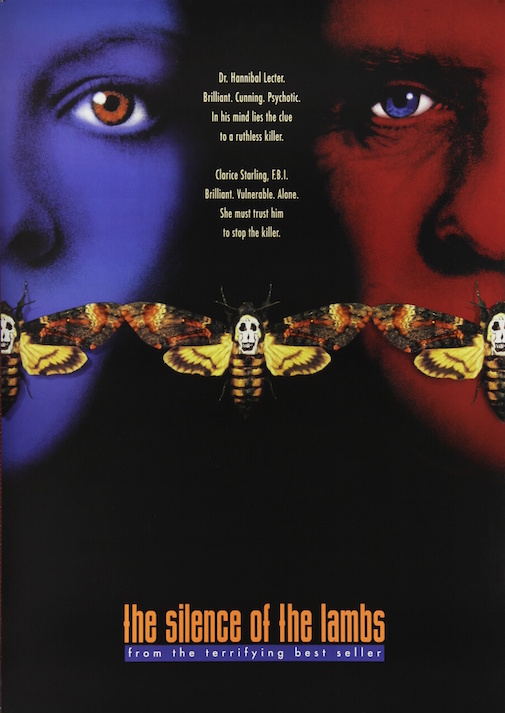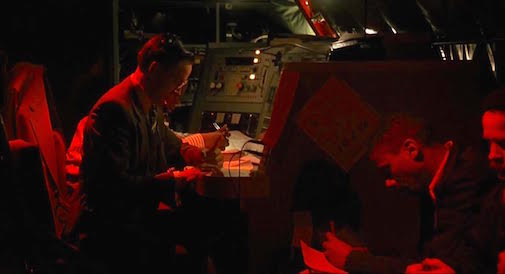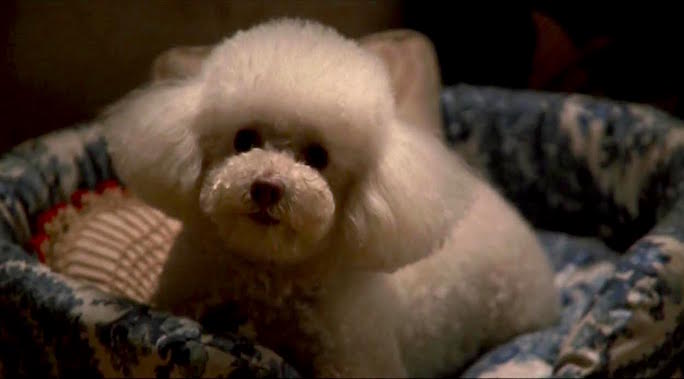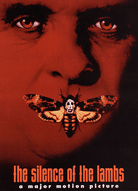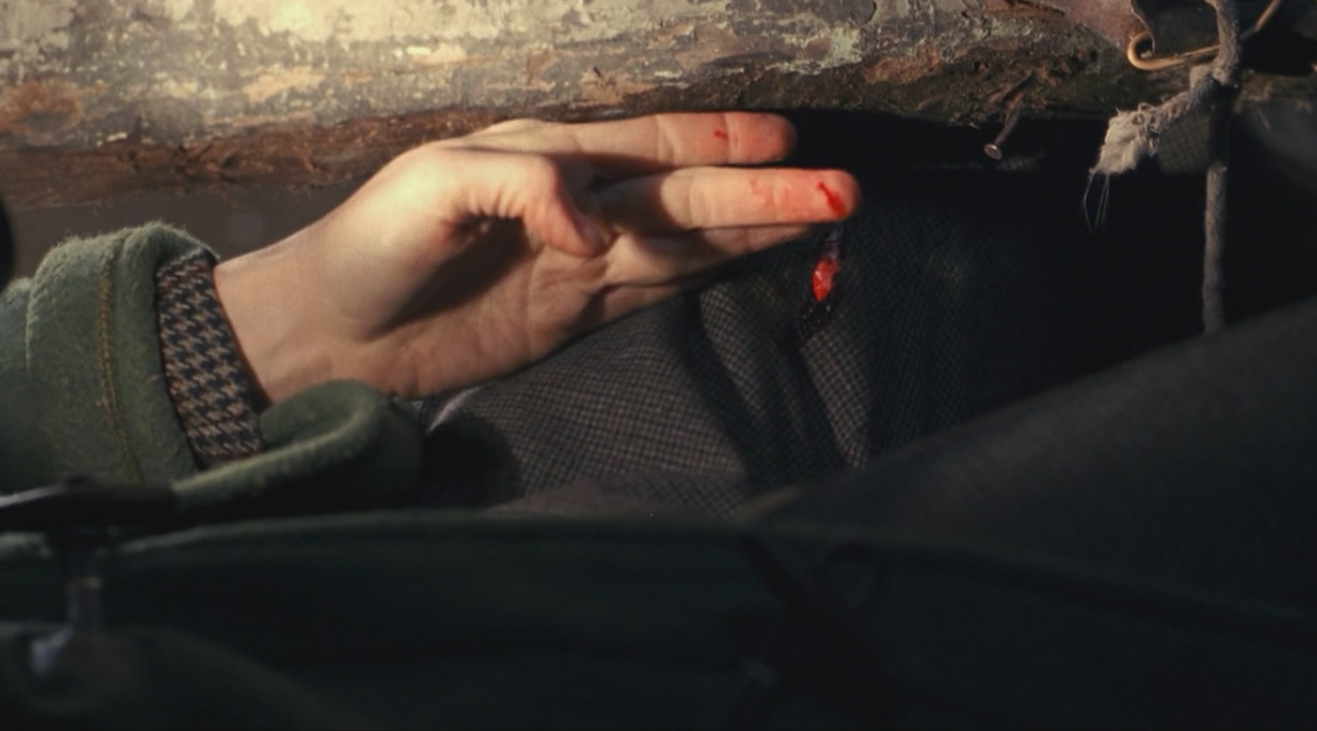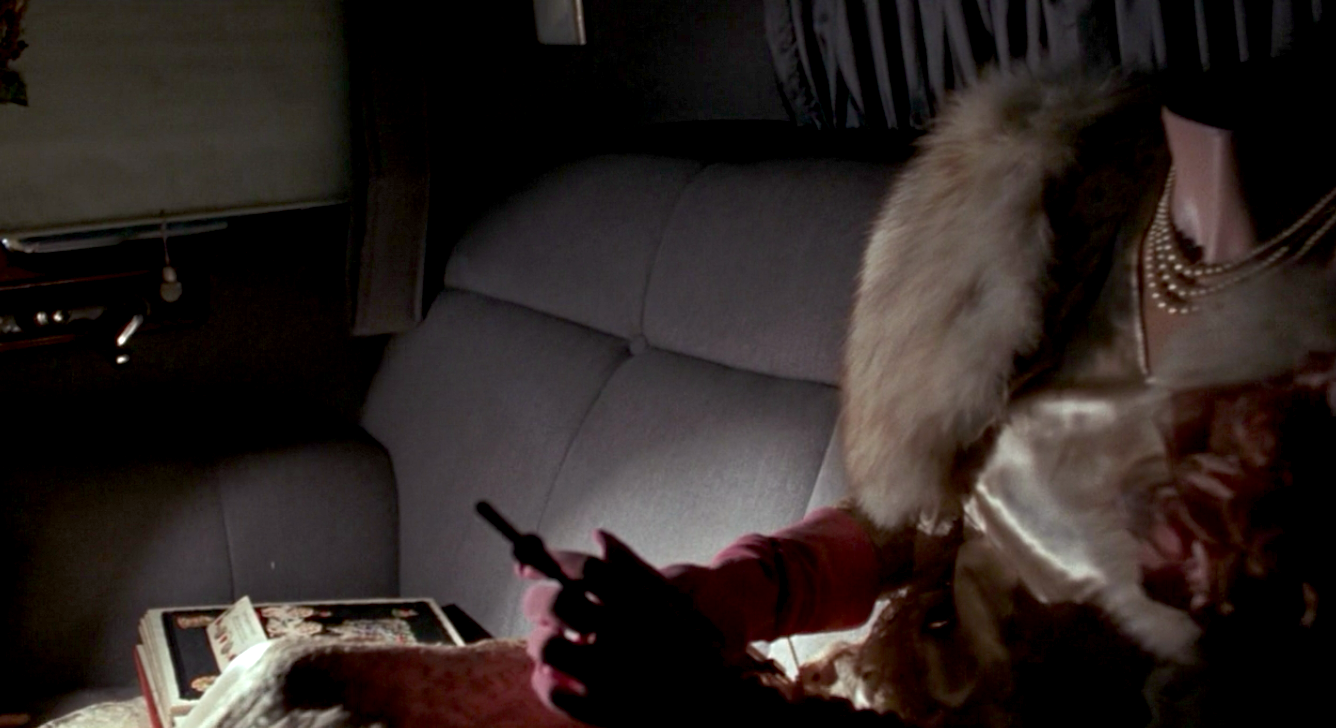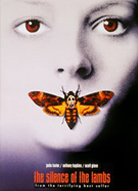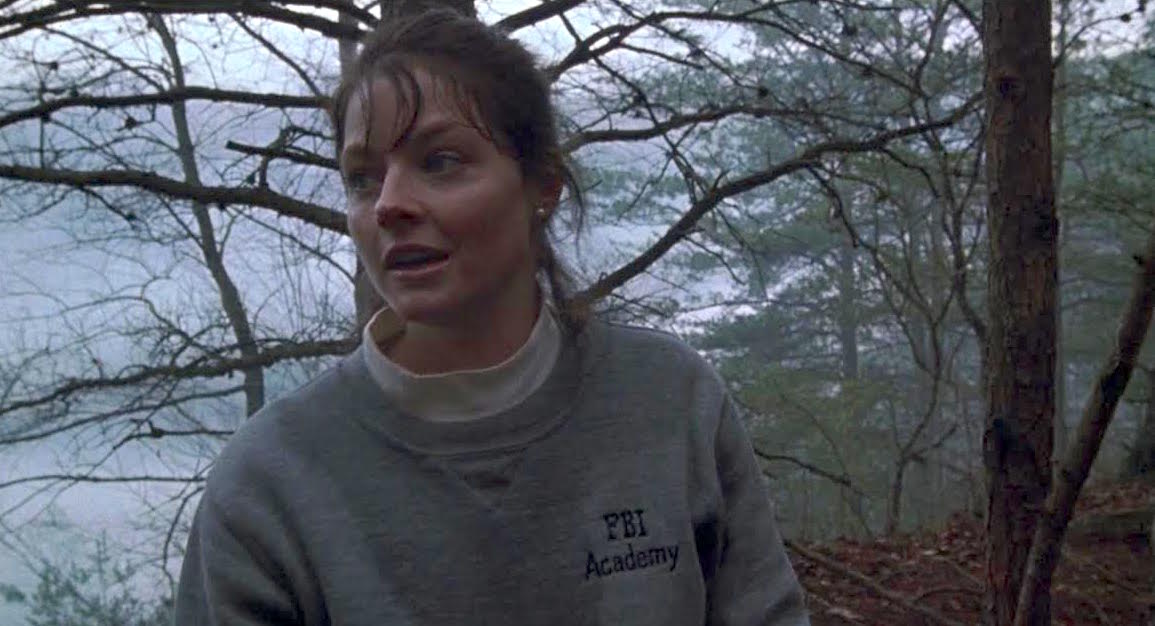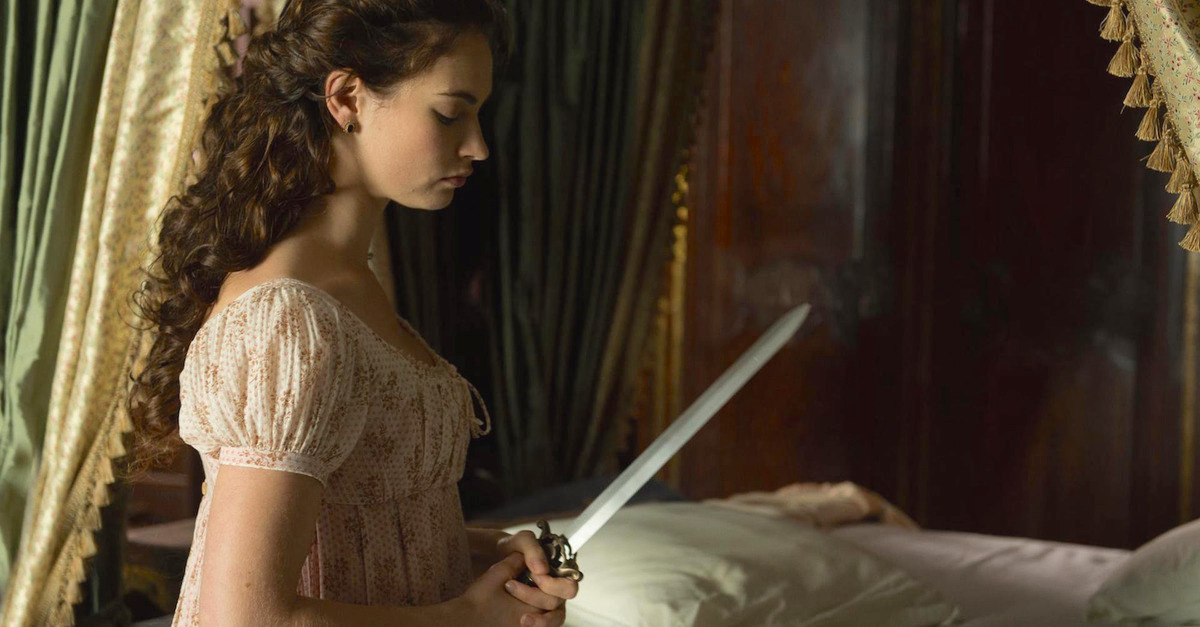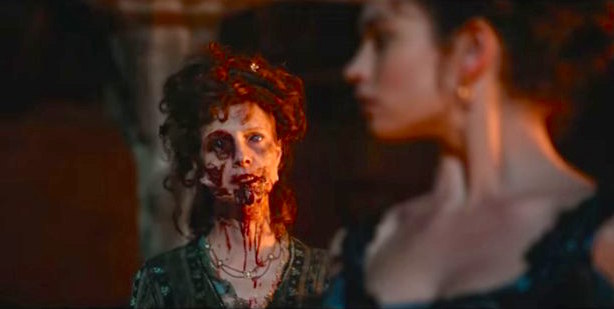Jóhann Jóhannsson Picks Ten Scary Scores
 Thursday, February 18, 2016 at 10:00PM
Thursday, February 18, 2016 at 10:00PM 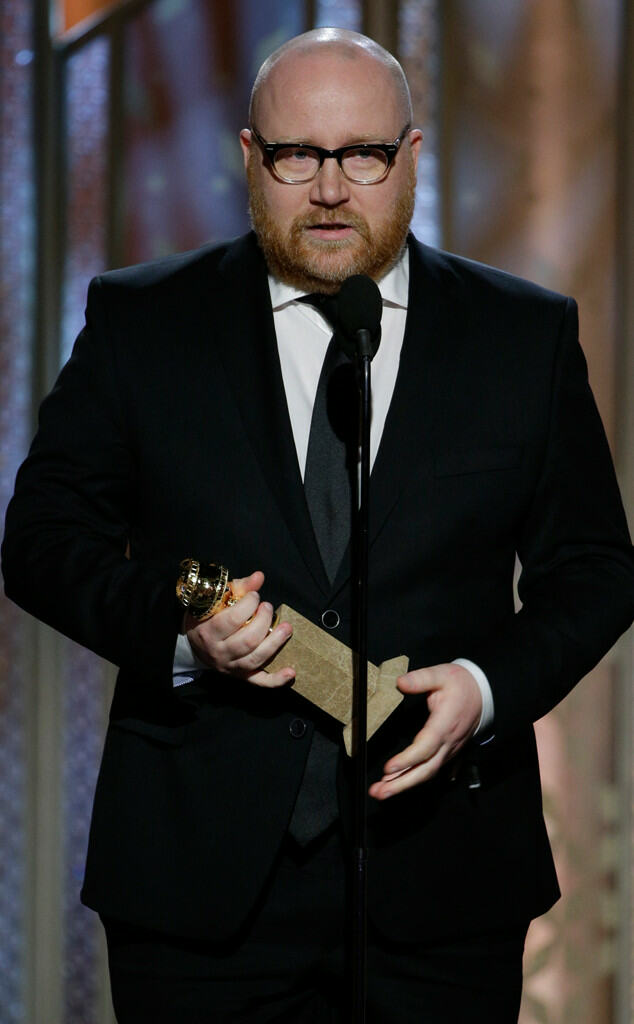 Glenn here. Was it just me or was Jóhann Jóhannsson’s nomination this year for his original score to Sicarioone of the highlights of the lot? That film didn’t quite take off the way many, myself included, thought it ought to have, but its three nominations are nothing to sneeze at in all honestly for such a prickly, devisive film. Jóhannsson’s nomination, however, sticks out. Not necessarily because of the quality of the work – although, clearly, it’s quite an accomplishment – but because Jóhannsson’s work in the Denis Villeneuve thriller marks such a diversion from his work on The Theory of Everything for which he was also Oscar-nominated. He probably even came close to a win for that on his first try (he did take out the Golden Globe).
Glenn here. Was it just me or was Jóhann Jóhannsson’s nomination this year for his original score to Sicarioone of the highlights of the lot? That film didn’t quite take off the way many, myself included, thought it ought to have, but its three nominations are nothing to sneeze at in all honestly for such a prickly, devisive film. Jóhannsson’s nomination, however, sticks out. Not necessarily because of the quality of the work – although, clearly, it’s quite an accomplishment – but because Jóhannsson’s work in the Denis Villeneuve thriller marks such a diversion from his work on The Theory of Everything for which he was also Oscar-nominated. He probably even came close to a win for that on his first try (he did take out the Golden Globe).
It can sometimes get a bit tiresome when the same composers appear year-in-year-out for work that is remarkably similar to their own work. For instance, it was what made the difference between Alexandre Desplat’s The Grand Budapest Hotel being a wonderful nomination and Alexandre Desplat’s The Imitation Game being a bit of a shrug. Let’s be honest, there’s not much to compare within the lush orchestral arrangements of The Theory of Everything and the bone-crushingly intense soundscapes of Sicario and that makes both of his Oscar nominations exciting and makes me anticipate his next work. One hopes that if this Icelander keeps getting high profile gigs that he continues to be as eclectic as these two suggest he can be.
If you have seen the film and heard his work to Sicario then you will guess Jóhannsson knows a thing or two about scary scores. You don’t compose “The Beast” (or the rest of that movie's score for that matter) and not get to boast about that. So when I came across a list of “the best 10 scariest soundtracks” compiled by Jóhannsson, I knew I should share it. There’s horror disco, sinister synths, and legends of the craft. I have included a few of his choices after the jump, but check out Dummy Magazine for the rest as well as his own thoughts on the music.



